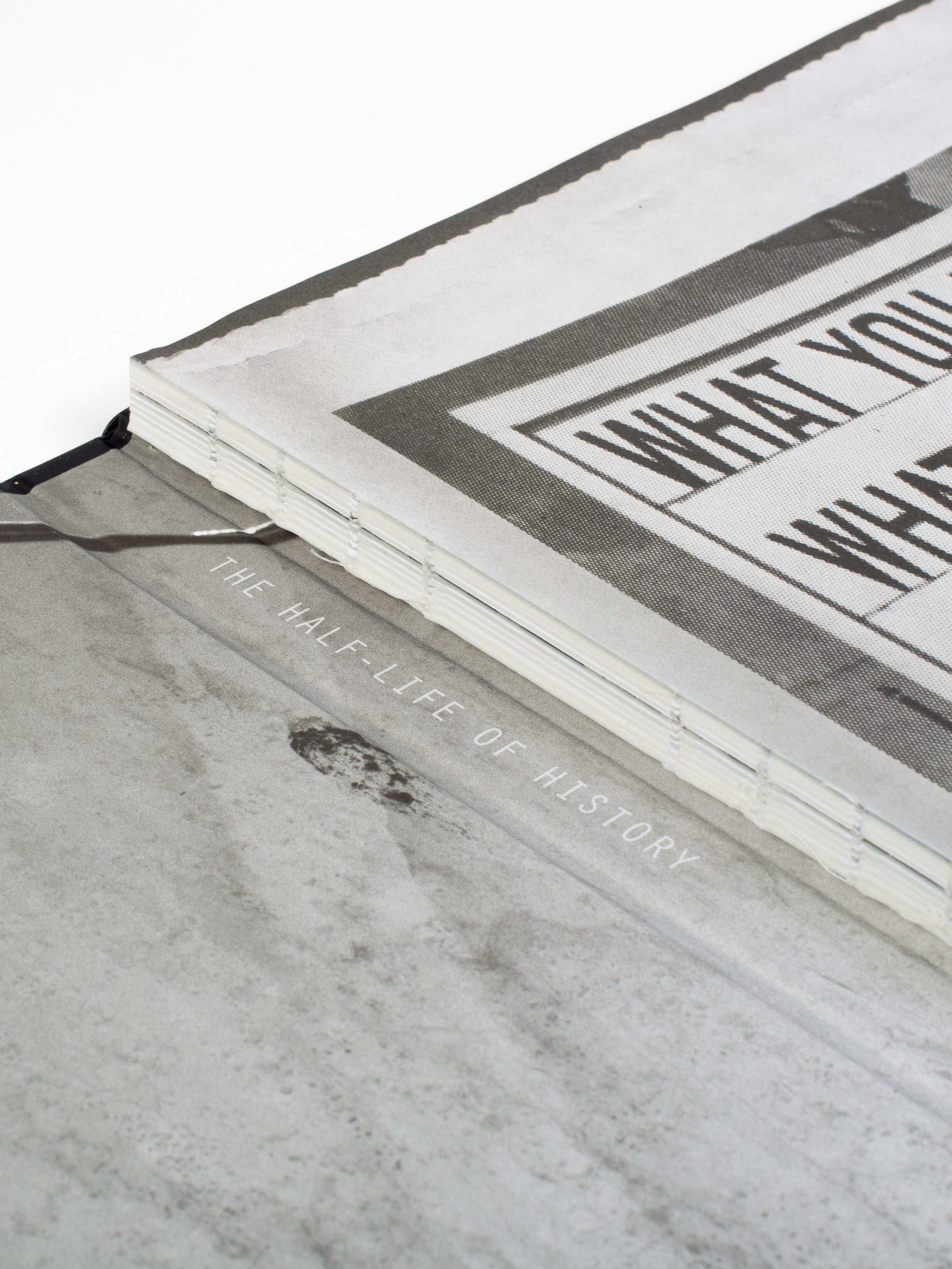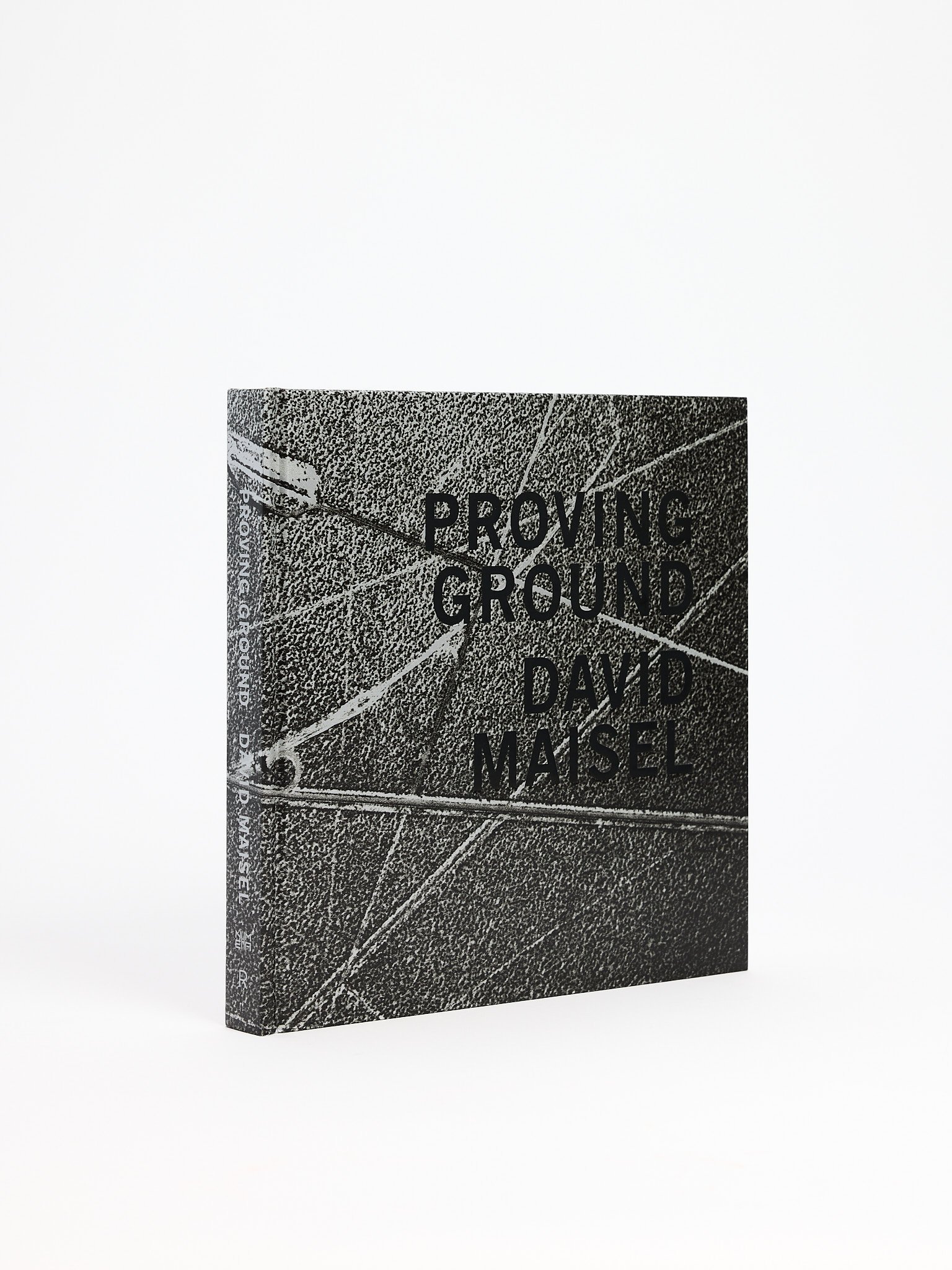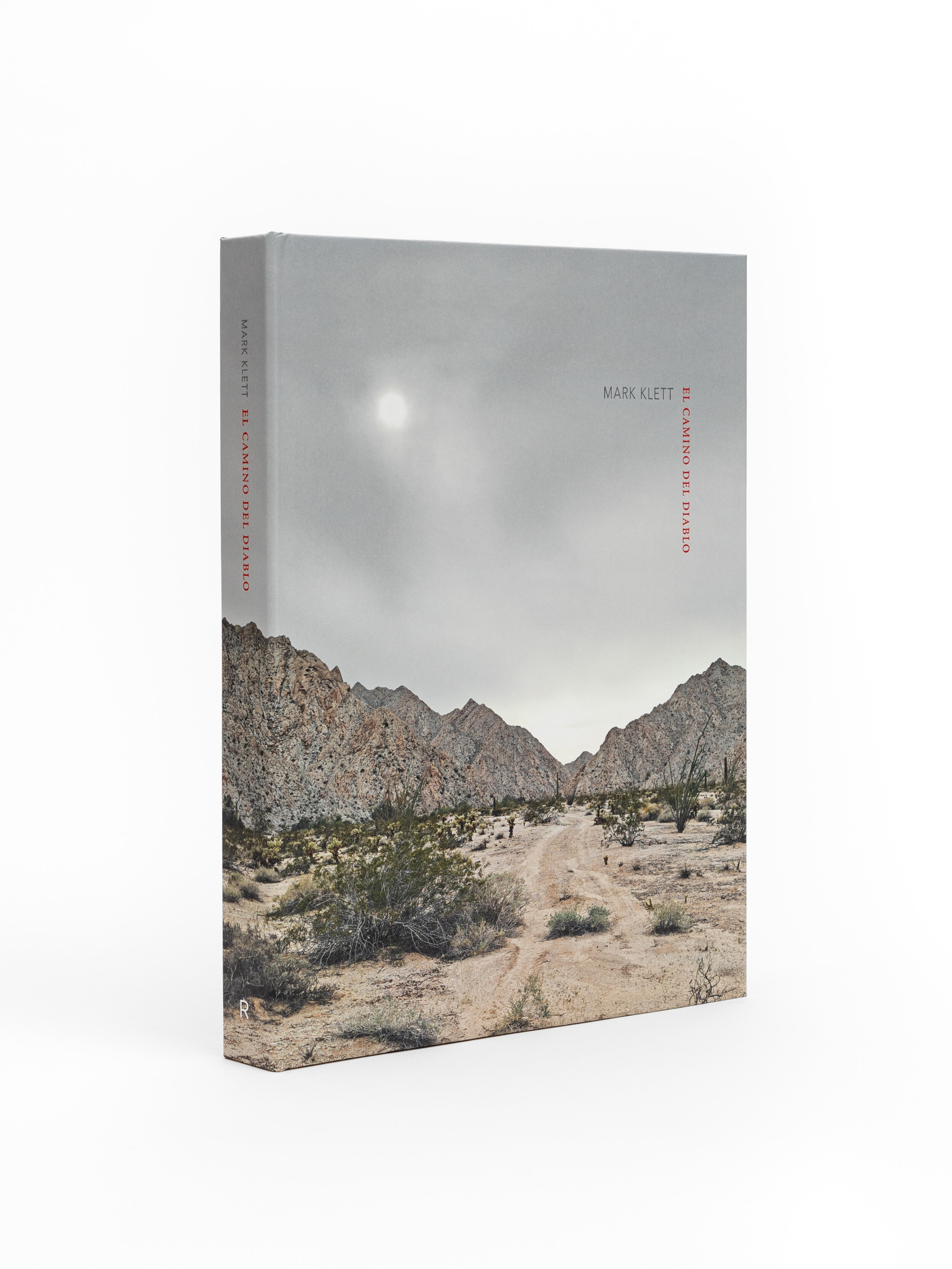Mark Klett: The Half-Life of History, the Atomic Bomb and Wendover Air Base
Mr. Klett’s artful and striking photographs often parse the most minute details: a broken windowpane, a bent nail, .50-caliber bullets found at the machine-gun range. These fragments stand in for Wendover, just as the base stands in for the birth of nuclear destruction.
— Dana Jennnings, The New York Times
In Hiroshima, Japan, a twisted steel dome is grim reminder of a city destroyed by the first atomic bomb used in warfare. It is a history no one dares to forget. Halfway around the globe in the Utah/Nevada border stands another ruin, the airplane hangar inside of which the bomber that carried the Hiroshima bomb was readied for its mission.
Wendover Airbase, once the world’s largest, now crumbles from neglect. The stories and relics at Wendover describe more than the past, they also point to a historic cycle; to a present filled with new apprehensions that carry the potential for a chilling future.
Artist Mark Klett, known for his ongoing exploration of landscape, history and the passage of time through the medium of photography, and William L. Fox, a celebrated science and art writer whose work has focused on human cognition and memory, team up to create a fascinating visual and verbal multi-layered portrait of Wendover Airbase and the experience of memory in relation to the use of the atomic bomb by the American military in World War II.
Mr. Klett’s artful and striking photographs often parse the most minute details: a broken windowpane, a bent nail, .50-caliber bullets found at the machine-gun range. These fragments stand in for Wendover, just as the base stands in for the birth of nuclear destruction.
— Dana Jennnings, The New York Times
In Hiroshima, Japan, a twisted steel dome is grim reminder of a city destroyed by the first atomic bomb used in warfare. It is a history no one dares to forget. Halfway around the globe in the Utah/Nevada border stands another ruin, the airplane hangar inside of which the bomber that carried the Hiroshima bomb was readied for its mission.
Wendover Airbase, once the world’s largest, now crumbles from neglect. The stories and relics at Wendover describe more than the past, they also point to a historic cycle; to a present filled with new apprehensions that carry the potential for a chilling future.
Artist Mark Klett, known for his ongoing exploration of landscape, history and the passage of time through the medium of photography, and William L. Fox, a celebrated science and art writer whose work has focused on human cognition and memory, team up to create a fascinating visual and verbal multi-layered portrait of Wendover Airbase and the experience of memory in relation to the use of the atomic bomb by the American military in World War II.
Mr. Klett’s artful and striking photographs often parse the most minute details: a broken windowpane, a bent nail, .50-caliber bullets found at the machine-gun range. These fragments stand in for Wendover, just as the base stands in for the birth of nuclear destruction.
— Dana Jennnings, The New York Times
In Hiroshima, Japan, a twisted steel dome is grim reminder of a city destroyed by the first atomic bomb used in warfare. It is a history no one dares to forget. Halfway around the globe in the Utah/Nevada border stands another ruin, the airplane hangar inside of which the bomber that carried the Hiroshima bomb was readied for its mission.
Wendover Airbase, once the world’s largest, now crumbles from neglect. The stories and relics at Wendover describe more than the past, they also point to a historic cycle; to a present filled with new apprehensions that carry the potential for a chilling future.
Artist Mark Klett, known for his ongoing exploration of landscape, history and the passage of time through the medium of photography, and William L. Fox, a celebrated science and art writer whose work has focused on human cognition and memory, team up to create a fascinating visual and verbal multi-layered portrait of Wendover Airbase and the experience of memory in relation to the use of the atomic bomb by the American military in World War II.
-
Photographs by Mark Klett
Text by William L. FoxHardbound
9.5 x 11.75 inches
160 pages / 70 images
ISBN: 9781934435397 -
Mark Klett is a photographer interested in the intersection of places, history and time. His background includes working as a geologist before turning to photography. Klett has received fellowships from the Guggenheim Foundation, the Pollock-Krasner Foundation, the National Endowment for the Arts, and the Japan/US Friendship Commission. His work has been exhibited and published in the United States and internationally, and is held in over eighty museum collections worldwide. He is the author/co-author of nineteen books including Seeing Time, Forty Years of Photographs (University of Texas Press 2020). Klett is Regents’ Professor Emeritus at Arizona State University.












